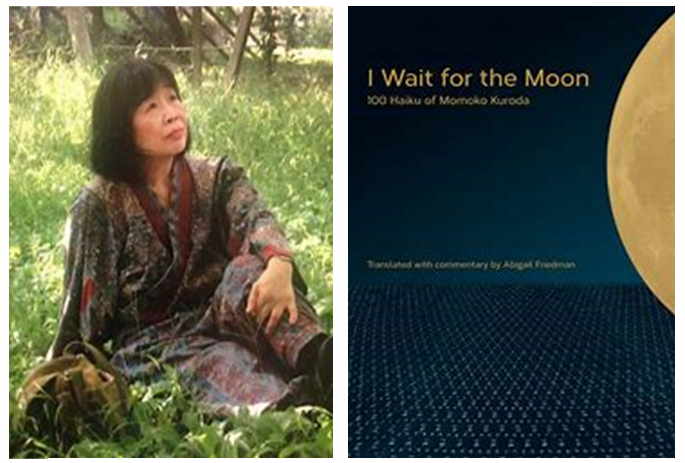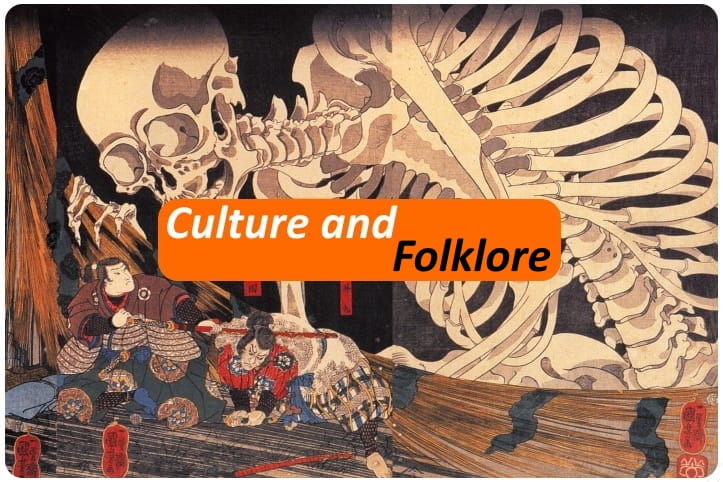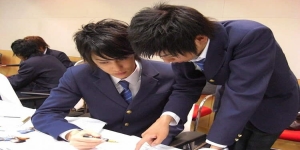Momoko Kuroda 黒田 杏子 : The haiku 俳句 in the present day

In this articleI would like to propose to you,with a short deepening on her works, a japanese artistic-literary character in the japanese culure panorama. A creator is still alive but that unfortunately, except in the environment and haiku circles, is little known and less talked about than she should: Momoko Kuroda 黒 田 杏子.
Artistic Life
Who is this woman? Born in 1938, she is Haijin ハイジン and essayist; thanks to her mother, a frequenter of a local group dedicated to the study of poetry, from childhood she was encouraged to practice haiku.
The haiku is a poetic composition, dating back to the seventeenth century (even if in vulgar form it was already present much earlier and ran in all social classes), composed of three verses in 17 more (unit of sound used in phonology, which determines the quantity of a syllable, which in turn - in some languages - determines the accent), divided respectively into 5-7-5.
Her "path" continued during university where he became a follower of Yamaguchi Seison (1892-1988) and back in 1968, in order to better delve into nature from which to draw inspiration, he invented the so-called "Haiku Pilgrimages" around the country, i.e. true full-immersion experiences along landscape paths, including the four circuits of Shikoku, Saigoku, Bandõ and Chichibu.
Finally, in 1990, after the death of her mentor, she continued her "work" founding AOI (藍ラ Aoi haiku-kai 藍生俳句会, link: www.mmjp.or.jp/aoi/), a haiku organisation at national level at first, then a reference point at international level for all the other "twin" associations scattered all over the world, among which also our AIH ( Haiku Italian Association); the same organisation also gave life to a magazine and all this has been directed by herself for over 30 years.
Works
Her works cover the whole of her life, the first dating back to 1981 and entitled "Ki no isu" 木の椅子 ('The Wooden Chair'), with which she received the 'Best Woman Haiku Poet' award and the 'Haiku Poets Association Best New Talent' award; other works and successes followed in her long career, listed below.
Haiku collections
- Ki no Isu. 1981
- Mizu no Tobira. 水の扉 ('The Water Gate') 1983
- Ichiboku Issō. 一木一草 ('A tree a grass') 1995
- Kaka Sōjō. 2005
- Nikkō Gekkō. 日光月光 ('Sunlight, moonlight') 2010 with this he won the 45th Dakotsu Prize in 2011
- Ginga Sanga. 2013
Other works
- Anata no haiku zukuri kigo no aru kurashi. 1986
- Kyõ kara hajimeru haiku. 1992
- Haiku, hajimete mimasenka. 1997
- Kuroda momoko saijiki. 1997
- Haiku a deau. 1997
- Hajimete no haiku zukuri 5-7-5 no tanoshimi. 1997
- Hiroshige Edo meisho ginkō. 1997
- "Oku no hosomichi" o Yuku. 1997 (with photograph of Ueda Shōji)
- Katengecchi. 2001
- Shōgen: Shōwa no haiku. Two Vulume. 2002
- Kigo no kioku. 2003
- Nuno no saijiki. 2003
- Shikoku henro ginkō. 2003
- Kaneko Tōta yōjōkun. 2005
- Haiku rettō nihon sumizumi gin'yū. 2005
- Haiku no tamatebako. 2008
- Kurashi no saijiki. 2011
- Tegami saijiki. 2013
- Kataru Tōta waga haiku jinsei. 2014
Awards
- 1975 Natsukusa New Poet Award
- 1982 Premio Best Modern Woman Haiku Poet per Ki no Isu
- 1982 5th Haiku Poets Association Best New Talent award per Ki no Isu
- 1986 Premio Natsukusa
- 1995 Premio Haiku Poets Association per Ichiboku Issō
- 2008 1° Premio Katsura Nobuko
Curiosities
A peculiarity: despite her international fame, Sensei Kuroda does not speak or write in English. This was remedied by one of her American students, Abigail Friedman, to whom we owe two works dealing with this contemporary haijin: the first, "The Haiku Apprentice: Memoirs of Writing Poetry in Japan", published in 2006, is an autobiography of Friedman herself, who tells us how she "teaches"; the second, "I Wait for the Moon: 100 Haiku of Momoko Kuroda", published in 2014, is a collection of haiku.
みづうみのほとりの寺に月を待つ mizuumi no hotori no tera ni tsuki o matsu
in the temple
by the lake
I wait for the moon
Another rather significant composition of his, with very evocative images, to understand his "technique", traditional in form but modern, powerful and innovative in content, is this haiku, created to recall the disastrous earthquake of 2011, but of which it does not speak, preferring to focus on the tsunami
[ minasoko no / nemuri no soko ni / chiru sakura ]
deep beneath the sea
upon those in deepest sleep
cherry blossom petals fall
Another of his compositions with a very evocative image and addressed to the new generations:
Young people in line
haiku enthusiasts
The Milky Way
Hoping to have intrigued you about the fascinating world of haiku, I invite you to read and who knows, why not, even to practice. Here are some useful information to continue your research on haiku.
Sources for images
POESÍA DE MUJERES: HAIKUS SOBRE FUKUSHIMA DE MOMOKO KURODA (poesiademujeres.com)
Kuroda Momoko – Trotter in Versi
Sources for information
Momoko Kuroda - Wikipedia
Cinque haiku di Momoko Kuroda – Luca Cenisi
Kuroda Momoko – Trotter in Versi (wordpress.com)
Haiku of Japanese poet Momoko Kuroda (baymoon.com)
Luca Cenisi, fondatore dell’AIH, per la sua www.lucacenisi.net
Samantha Sisto

 English (United Kingdom)
English (United Kingdom)  Italiano (it-IT)
Italiano (it-IT) 






![[Review] Princess Toyotomiプリンセス トヨトミ](https://www.fukainihon.org//cache/mod_jt_contentslider/fdfb524f85518b9476158c79c8ea022f_328.jpg)


